You are here
Please respect the outdoors by practicing Leave No Trace. Learn more about how to apply the principles of Leave No Trace on your next outdoor adventure here.
Mount Baker-Snoqualmie National Forest
Alpine Lakes Wilderness, Washington
Yosemite National Park, California
North Cascades, Washington
Alpine Lakes Wilderness, Washington
Mount Baker-Snoqualmie National Forest
North Cascades, Washington
Robyn's Higher Res. Copy

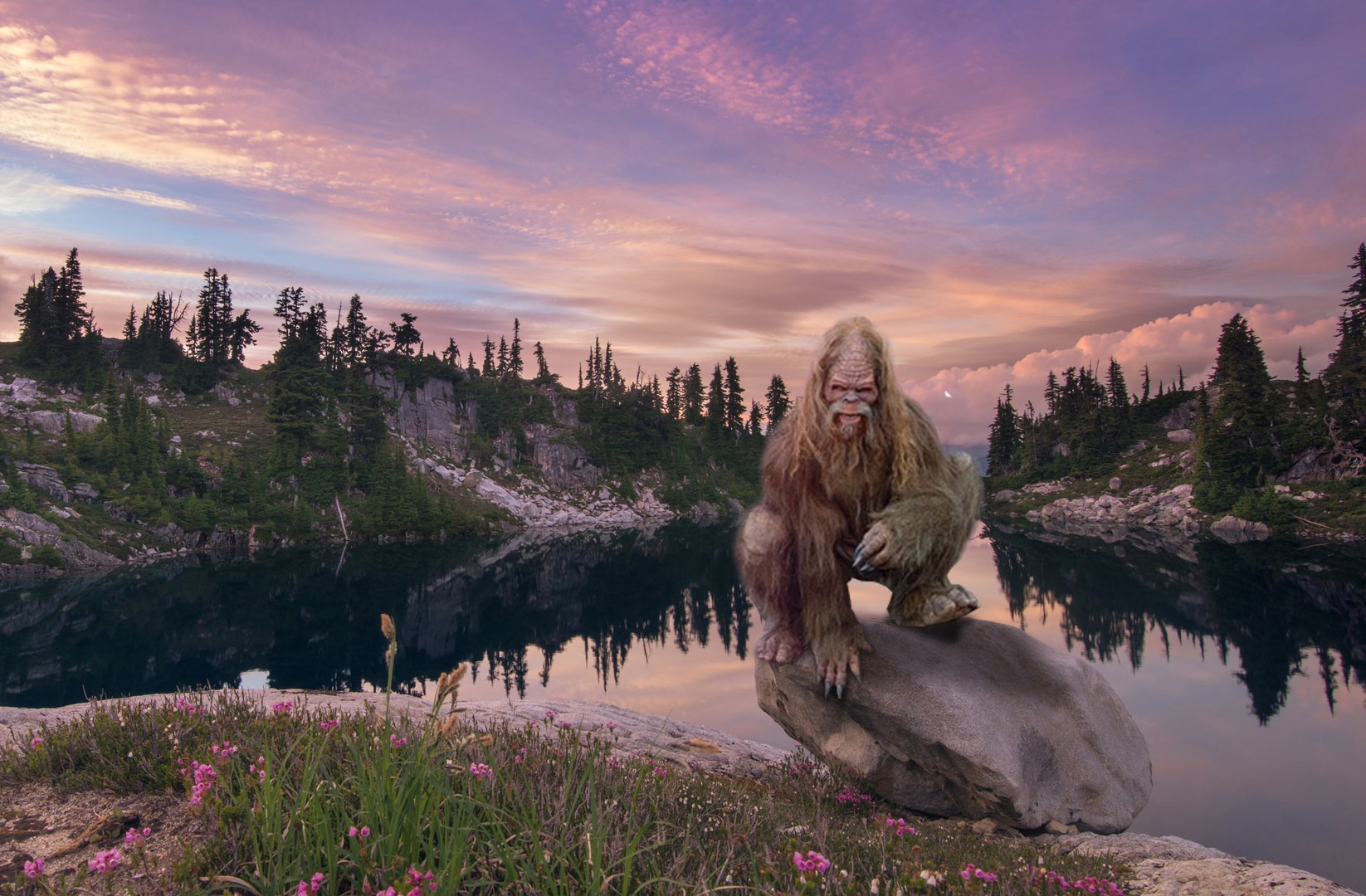
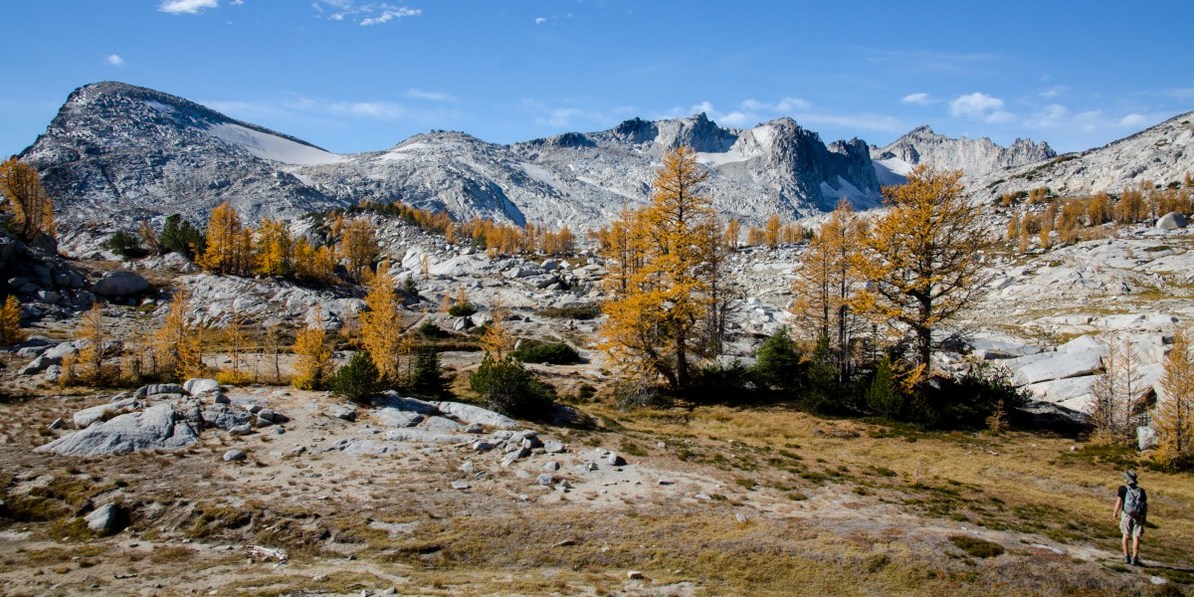
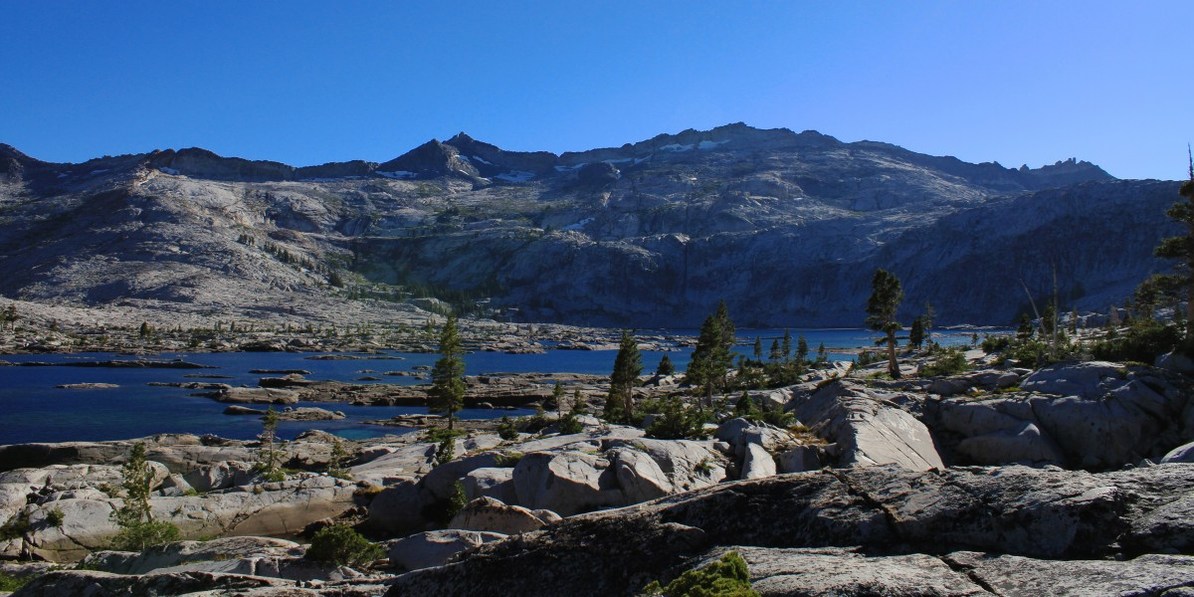
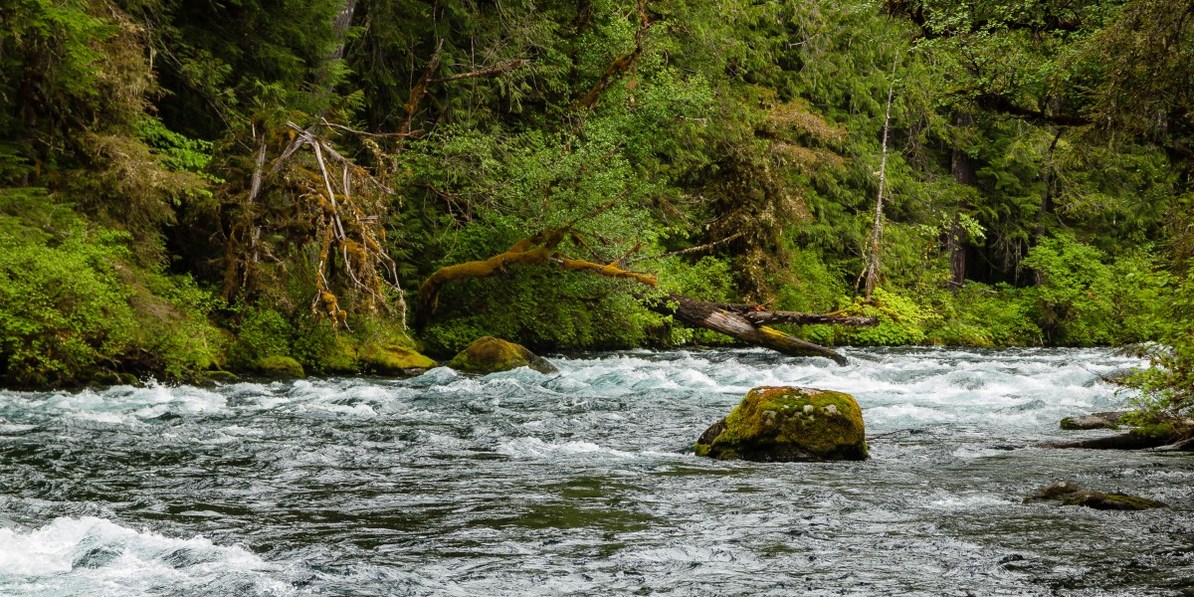
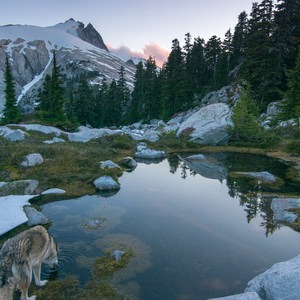
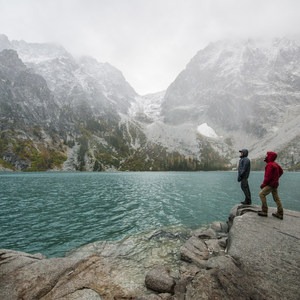
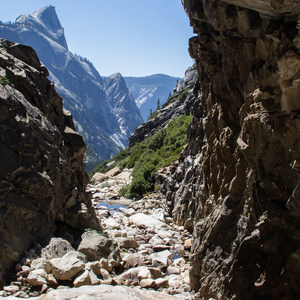
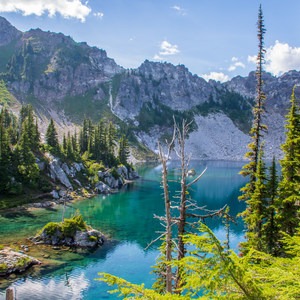
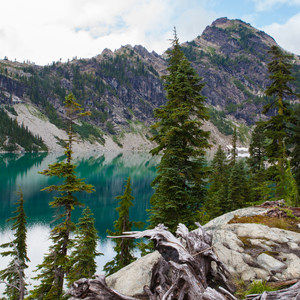
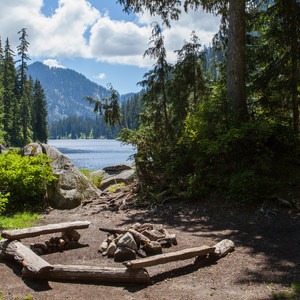
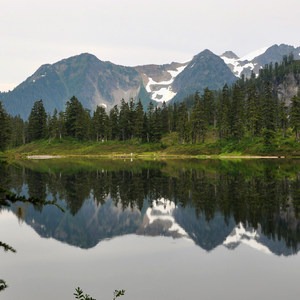
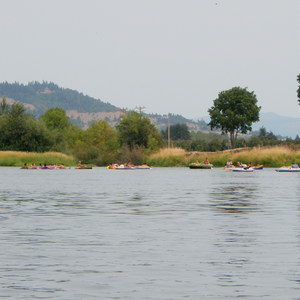


Comments
Sign In and share them.